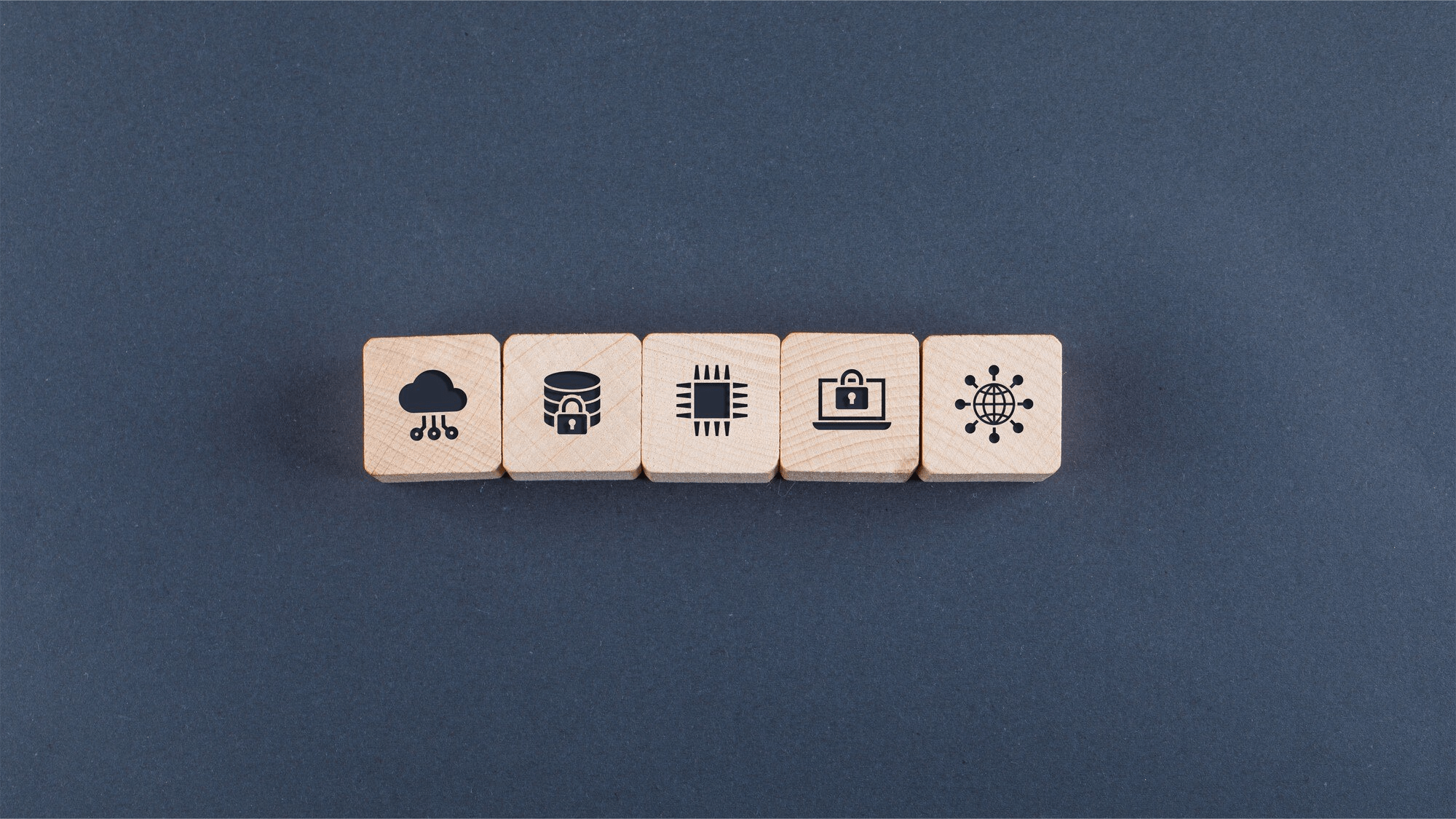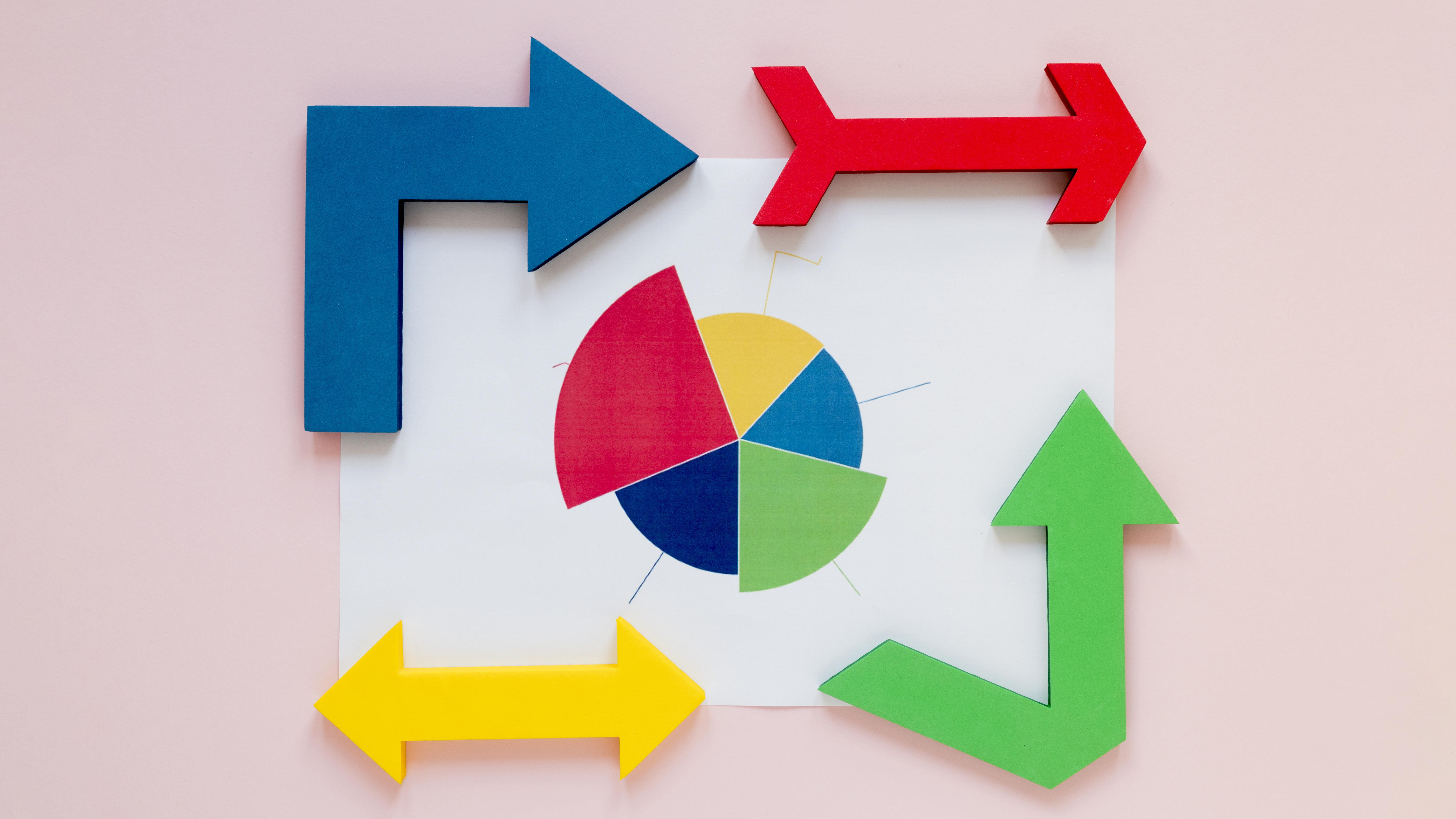If you work in SaaS or cloud services, you’ve probably had that moment: a prospect casually drops the question, “Are you SOC 2 compliant?”
It might land in a sales call, or appear in a vendor security form you wish you hadn’t opened at 4:55pm. However it arrives, the message is the same: show us you can safeguard our data before we sign anything.
The problem? SOC 2 has a reputation for being a mountain of paperwork and jargon. But underneath the acronyms, it’s really about proving you run a secure, trustworthy operation — and yes, it’s doable without overloading your team.
Let’s break it down.
What Is SOC 2?
SOC 2 stands for System and Organisation Controls 2, a compliance framework created by the American Institute of Certified Public Accountants (AICPA).
It’s designed for service organisations (think SaaS companies, financial institutions, and cloud computing providers) that store, process, or transmit sensitive data. The goal is simple: to demonstrate, through an independent auditor, that you have strong internal controls in place to protect customer data.
SOC 2 reports evaluate your organisation’s internal controls against five Trust Services Criteria (TSC):
- Security (always included—no exceptions)
- Availability
- Processing integrity
- Confidentiality
- Privacy
Together, these five trust services criteria act as a blueprint for safeguarding data, preventing unauthorised disclosure, and proving your systems are operating effectively.
Why Customers Keep Asking About SOC 2
SOC 2 compliance has become shorthand for trust in B2B relationships. Here’s why your business partners and prospective clients keep hammering on it:
- Data protection reassurance – It proves you can protect sensitive data against cyber threats, data breaches, and other security incidents.
- Regulatory alignment – SOC 2 compliance aids regulatory compliance by providing evidence of appropriate controls that support data privacy regulations (even though SOC 2 itself isn’t legally required).
- Simplified vendor management – Instead of reviewing every own control individually, your SOC 2 report gives stakeholders a single point of assurance.
- Competitive advantage – SaaS companies with SOC 2 win deals faster, while those without it lose credibility.
- Stakeholder trust – SOC 2 helps build trust with stakeholders by showing a structured, objective approach to information security and privacy controls.
In short, SOC 2 lets organisations demonstrate they take data security seriously—without sending a 60-page spreadsheet to every prospective customer.
SOC 2 Reports: Type I vs Type II
There are two flavours of SOC 2, and yes, your buyers know the difference:
- SOC 2 Type I report – Tests whether your organisation controls are designed appropriately at a specific point in time. It’s often faster and more cost-effective to achieve.
- SOC 2 Type II report – Goes deeper, testing the operating effectiveness of those controls over several months. Auditors look at whether your security controls were actually operating effectively in practice, not just designed well.
Buyers often push for Type II because it provides a more thorough auditor’s opinion on your operational effectiveness.
Think of it like this:
- Type I = “We installed the alarm system.”
- Type II = “We used it for 12 months, and it worked every time.”
What Goes Into a SOC 2 Audit?
The audit process involves more than ticking boxes. An external auditor (a licensed Certified Public Accountant) evaluates whether your organisation’s security controls meet the relevant trust principles you’ve selected.
That includes:
- Risk assessment – Identifying where cyber threats and data breaches could occur.
- Gap analysis – Comparing existing controls to the required criteria.
- System description – Documenting your services, systems, and services provided to customers.
- Design and operating effectiveness testing – Auditors review whether your controls design is appropriate, and whether those controls are operating effectively.
- Evidence gathering – From logs, policies, training records, and system development practices.
- Final report – The SOC report itself, complete with an opinion letter from the auditor.
The Security TSC is always included, but you choose whether to include availability, processing integrity, confidentiality, or privacy depending on your business.
SOC 2 Explained Through the Trust Services Criteria
Each TSC addresses a different angle of information security and data protection:
- Security – Required in every audit. Focuses on access controls, monitoring, and measures to mitigate risks.
- Availability – Ensures your systems are reliable and accessible as promised.
- Processing Integrity – Verifies data processing is accurate, complete, and authorised.
- Confidentiality – Protects sensitive business information from unauthorised disclosure.
- Privacy – Focuses on how personal data is collected, used, and stored, with privacy controls to protect individuals.
Together, they provide an objective assessment of your organisation’s security controls across all critical areas.
SOC 2 Compliance for SaaS Companies and Service Providers
Why is SOC 2 particularly relevant for SaaS companies and other service providers?
Because your whole business depends on handling sensitive information for clients—whether it’s through cloud computing, third party vendors, or outsourced data processing.
SOC 2 compliance demonstrates to clients and regulators that you’ve implemented the necessary controls to protect their data. For financial institutions, healthcare firms, or any business outsourcing key functions, SOC 2 is often a baseline requirement for choosing partners.
SOC 2 vs Other Compliance Frameworks
You might hear SOC 2 compared with ISO 27001 or other compliance frameworks. Here’s the distinction:
- SOC 2 = A report for service organisations, scoped to selected TSCs, verified by an independent auditor.
- ISO 27001 = A broader information security management system standard, recognised internationally.
Many scaling companies pursue both—SOC 2 for US clients, ISO 27001 for global reach.
Benefits of SOC 2 Compliance
Getting a SOC 2 report isn’t just about getting through procurement. Done well, it brings clear benefits:
- Trust with stakeholders – Demonstrates to prospective clients and business partners that you can protect their data.
- Regulatory support – Provides evidence of appropriate controls that support data privacy regulations.
- Sales enablement – Shortens vendor review and due diligence cycles.
- Risk management – Forces a structured look at own controls, gap assessments, and ways to mitigate risks.
- Operational maturity – Improves system development, security policies, and services provided.
Common Misconceptions About SOC 2
- “It’s only for enterprises.” Nope—service organisations of all sizes will need it to win larger contracts.
- “It’s just about paperwork.” Wrong—the audit tests operating effectiveness of controls, not just policies.
- “SOC 2 guarantees no breaches.” Not true—it shows you have appropriate controls to mitigate risks, but no framework prevents all cyber threats.
- “Once you’re compliant, you’re done.” SOC 2 is ongoing. Maintaining strong internal controls requires continuous improvement.
How Long Does SOC 2 Take?
- Type I – Often achievable in 3–6 months.
- Type II – Usually 6–12 months of evidence collection on top of that.
Automation platforms can speed things up by handling gap analysis, evidence collection, and audit preparation—instead of drowning in spreadsheets.
FAQ: Quick SOC 2 Answers
Q: What is SOC 2 compliance?
A: A third-party audit process where an independent auditor reviews your organisation’s internal controls against the Trust Services Criteria to prove you can protect sensitive data.
Q: Who needs SOC 2?
A: SaaS companies, financial institutions, and service providers that handle customer or sensitive information.
Q: What’s in a SOC 2 report?
A: A system description, details of your organisation’s security controls, test results on design and operating effectiveness, and the auditor’s opinion.
Q: Is SOC 2 required by law?
A: No, but many business partners and prospective clients will require it contractually.
Q: SOC 2 vs SOC 1?
A: SOC 1 focuses on financial reporting; SOC 2 focuses on information security and the five trust services criteria.
SOC 2 = Assurance Without the Panic
Here’s the truth: SOC 2 isn’t just a hoop to jump through — it’s a framework that helps you prove your house is in order.
It gives customers confidence, makes procurement less painful, and pushes you to tighten up the controls you should probably have had anyway.
Yes, the audit asks for evidence. Yes, there are spreadsheets if you’re not using the right tools. But the trade-off? Stronger systems, faster deals, fewer panicked “do we have a policy for this?” Teams messages.
Want to skip the overwhelm and see what works in the real world? Check out our SOC 2 Hub — packed with checklists, guides, and advice to get you audit-ready.





.svg)





